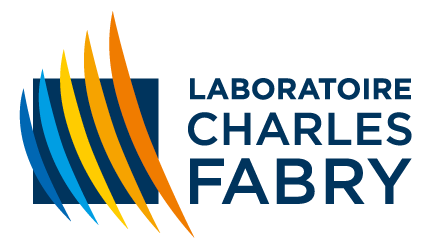Benjamin WIRTSCHAFTER's thesis defence
- Soutenance de Thèse
- Evénement scientifique
Thesis defence of Benjamin WIRTSCHAFTER , PhD student in the Quantum gases group, on 27 June 2022 at 2pm in the auditorium of TRT in Palaiseau and by video-conference, on the topic: "Trapped cold atom interferometer on chip with spatial separation."
Abstract: "For more than 30 years, many laboratories have developed atomic physics experiments to measure accelerations or rotations using gases of atoms manipulated by magnetic fields and cooled by laser. However, most of these experiments are too bulky. It is therefore necessary to drastically reduce their size in order to consider industrial applications of cold atom sensors outside the laboratory. Although many efforts have been made in recent years, notably at ONERA and Muquans, the size of the complete device is still too large for some applications. At the end of the 1990s, it was demonstrated that atoms could be trapped and manipulated on a chip, thus reducing both the size and energy consumption of these sensors compared to laboratory experiments.
It is in this context that Thales has started to take an interest in the realisation of inertial sensors on a chip with cold atoms for autonomous navigation. The technique adopted by our group allows the realisation of each of the functions necessary to obtain an inertial unit on the same atomic chip. It is based on the selective spatial separation of atomic clouds in a magnetic trap via the dressing of internal states in the microwave domain.
The objective of this thesis is to design and evaluate the feasibility of new types of inertial sensors based on interferometry, using cooled atoms trapped in the vicinity of a chip throughout the measurement sequence. We first demonstrate selective individual displacements of polarised clouds in one of the two interferometer states, and then in both. We present an original method to calibrate the position of the magnetic trap, and then we present the interference fringes obtained during Ramsey sequences with spatial separation of the two states."
